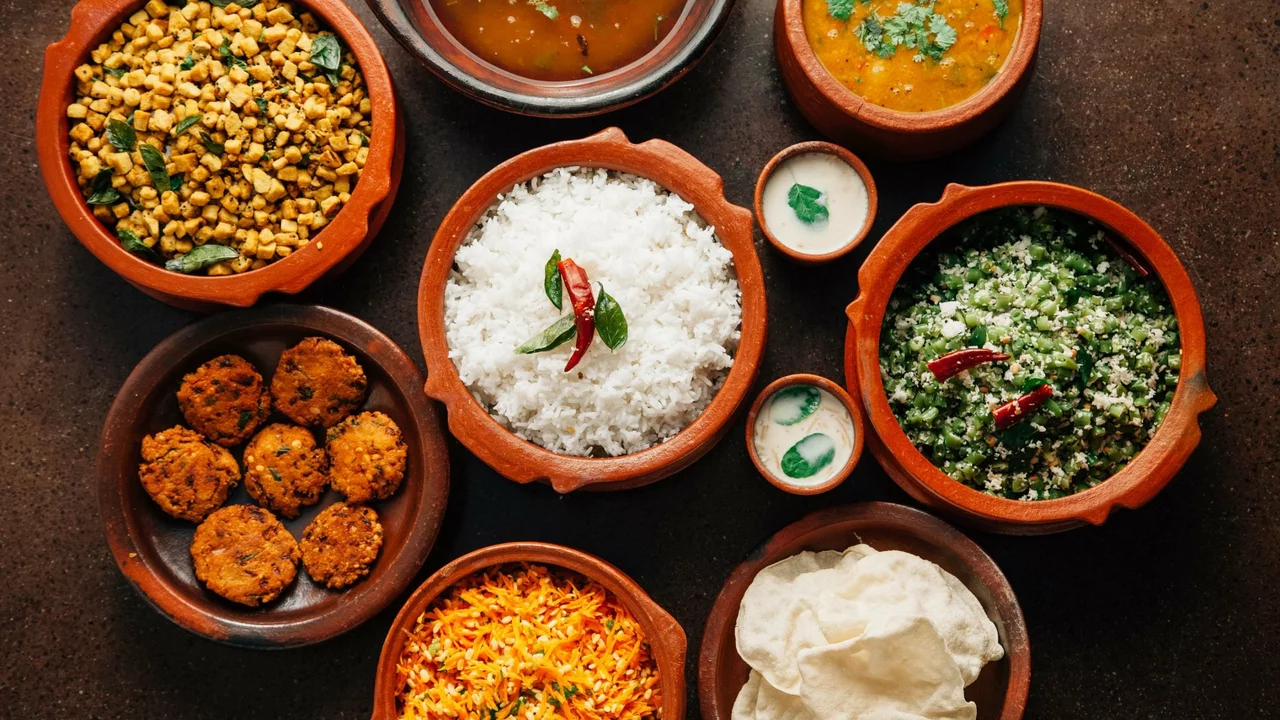Cultural cuisine debate: Indian vs Western food — Taste, access, tips
Which tastes better — Indian or Western? That question sparks dinner-table arguments and travel decisions, but it’s not just about flavor. Food carries history, climate, ingredients and daily habits. If you want to judge fairly, look at what each cuisine aims to do: comfort, spice, balance, or speed.
Indian food often layers spices to build complex aroma and heat. Western food usually highlights a few flavors, relies on techniques like roasting or grilling, and often prioritizes texture and portion. Vegetarians will find a wider everyday variety in Indian cooking; meat-heavy Western menus often offer different kinds of comfort food. Neither is objectively better—each fits a mood, setting, and the ingredients you can get.
How to compare without bias
Stop asking which is superior and start asking which fits the moment. Use these simple criteria: flavor profile (spicy vs mild), freshness (local produce vs preserved), effort (time to cook), nutrition (balance of carbs, protein, fats), and social role (festival dish vs weekday meal). For example, a tandoori feast works for celebration; a roast chicken fits family dinner. Match the food to the occasion and you’ll stop arguing and start enjoying.
Think regionally. Indian food from Gujarat differs from Kerala. Western food from Italy differs from the American Midwest. Comparing curry to pizza is like comparing a novel to a short story—different length, different goals.
Finding Indian food in the USA and trying both
If you’re in the USA and craving Indian flavors, head to neighborhood Indian restaurants, South Asian grocery stores, or city food trucks. Look for thali sets for variety, dosa stalls for quick eats, and bakeries offering samosas and chai. Don’t be shy about asking heat levels; restaurants often tailor spice to your preference. Vegetarians can choose paneer dishes, dals and vegetable curries that are filling and affordable.
Want to test Western dishes? Try regional classics: Italian pasta, French bistro plates, or American barbecue. Notice how preparation changes flavor—slow-smoking adds depth, while fresh herbs brighten a pasta. If you’re traveling, buy a few staple ingredients and try a simple home-cooked crossover: put Indian spices on roasted vegetables or serve a mild curry with crusty bread.
When you judge, taste with purpose. Try three dishes from each cuisine over a week. Note texture, spice, comfort, cost, and how full you feel afterward. You might prefer Indian for variety and vegetarian choices, and Western for quick comfort or specific techniques like baking and smoking.
At the end of the day, the best approach is simple: try both often, be honest about what you like, and pick dishes for the moment. Which dish will you try tonight?
Is it true that Pakistani food is better than Indian food?
In the debate of Pakistani food versus Indian food, it's crucial to remember that taste is subjective and varies from person to person. Both cuisines have their unique flavors and specialties, deeply rooted in their diverse cultures and traditions. While some may prefer the rich, meat-centered dishes of Pakistani cuisine, others may lean towards the vegetarian-friendly and spice-laden Indian food. It's not about which cuisine is better, but rather which one suits your personal taste buds better. Ultimately, both cuisines offer an array of delicious options that are worth exploring.
read more
